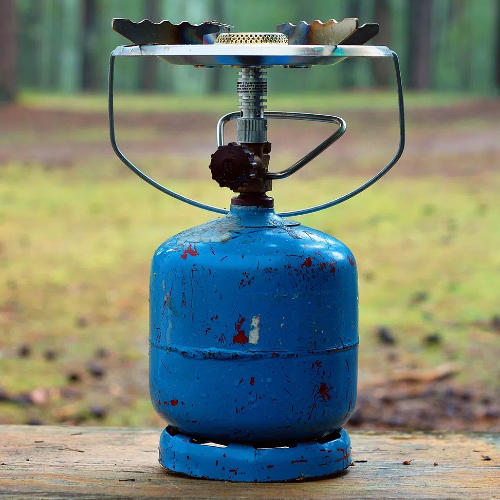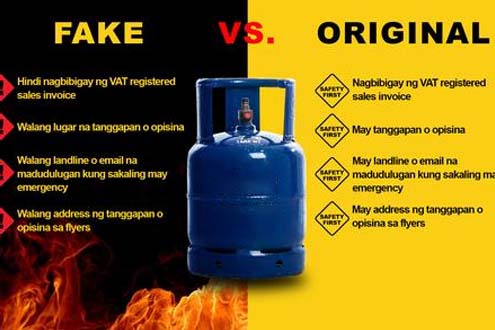What gas is in the liquefied gas cylinder?
The gas in liquefied gas cylinders can vary depending on the intended use and regional availability, but two of the most common gases found in such cylinders are propane and butane.Propane and butane are both hydrocarbon gases commonly used as fuel sources.
Propane:
- Chemical Formula: C3H8
- Boiling Point: -42.1°C (-43.8°F)
- Density: Propane is heavier than air, with a density of approximately 1.88 kg/m³ at 25°C (77°F).
- Energy Content: Propane has a higher energy content per unit volume compared to butane.
- Storage: Propane can be stored in both liquid and gas forms under moderate pressure. It is commonly stored and transported in its liquid form.
Butane:
- Chemical Formula: C4H10
- Boiling Point: -0.5°C (31.1°F)
- Density: Butane is also heavier than air, with a density of approximately 2.48 kg/m³ at 25°C (77°F).
- Energy Content: Butane has a slightly lower energy content per unit volume compared to propane.
- Storage: Butane is typically stored and transported under higher pressure to keep it in its liquid form. It can be used in liquid form when released from a pressurized container.
General Characteristics:
- Usage: Both propane and butane are widely used as fuels for heating, cooking, and as propellants in aerosol sprays.
- Safety: Both gases are highly flammable and require careful handling and storage. They should not be released into the atmosphere in large quantities due to their environmental impact as greenhouse gases.
- Availability: Propane is more commonly used in regions with colder climates, while butane is often preferred in warmer climates due to its higher vapor pressure and ease of vaporization.




